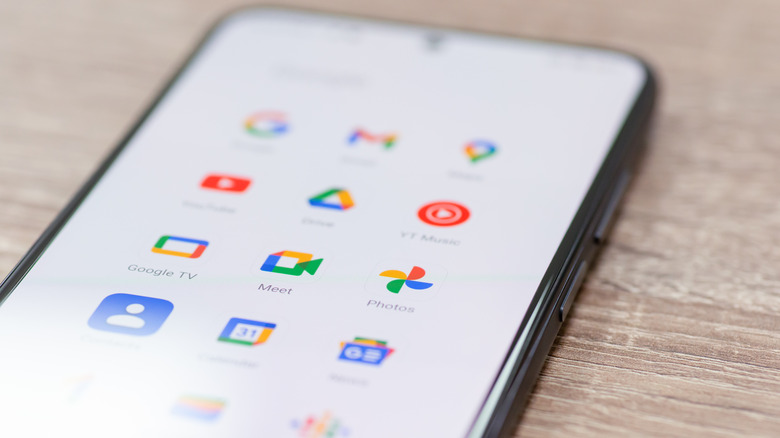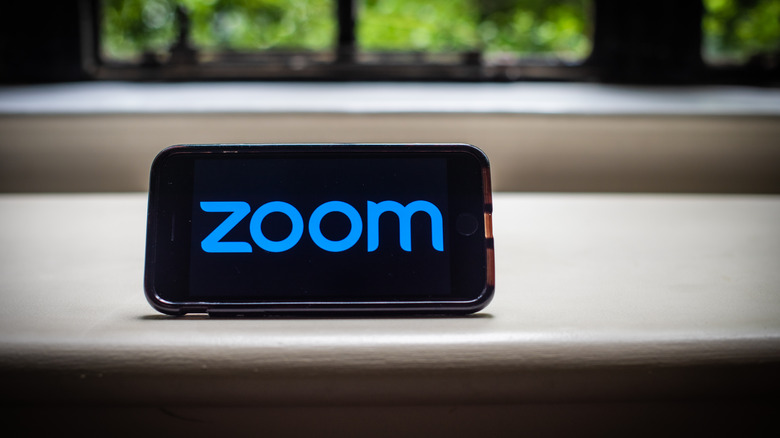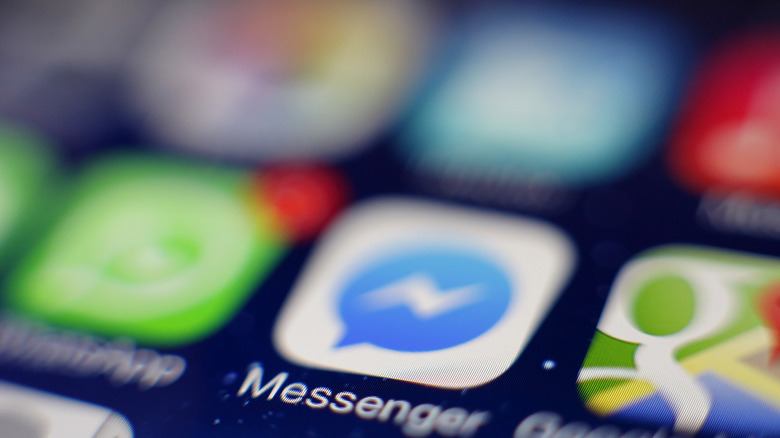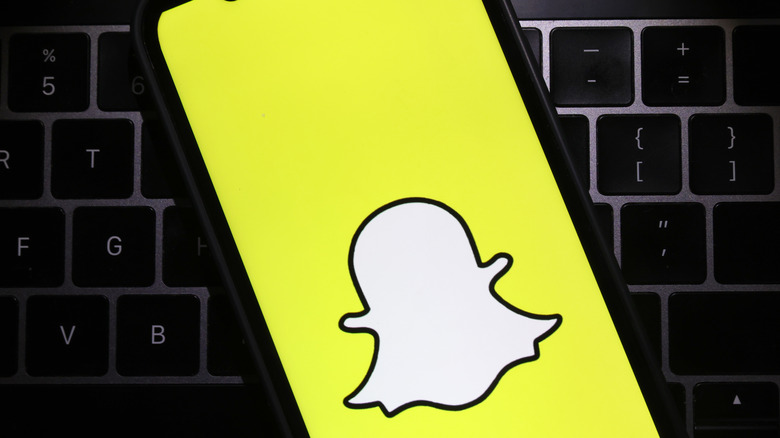The 5 Best FaceTime App Alternatives For Android Users (All Free)
So, you know how on iPhones, people don't just video call each other — they FaceTime? Apple spent quality time crafting this app, and it became a verb. You've got screen sharing, seamless call transitioning between iPhones and MacBooks, real-time avatars that dynamically move during video calls, and, with the latest iOS 17 update, the introduction of hand gestures during video calls to trigger reactions.
But hey, if you're rolling with an Android, participation in FaceTime calls is possible, but with certain limitations. You get the basics — join calls, mute/unmute audio, fullscreen mode, and switch camera views. However, there's a bunch of other cool stuff you can't do, like initiating a FaceTime call. You're always the guest, never the host. You're limited to joining FaceTime links provided by iPhone users.
But hold up, there is no cause for concern. There are a lot of apps on the Google Play Store that are basically FaceTime for Android, offering identical features and even more. Since a lot more people use Android devices than iPhones, developers have dedicated considerable effort to crafting a variety of voice and video calling apps for Android users.
Google Meet
When you're on the hunt for an alternative to FaceTime for Android, Google Meet emerges as a prime choice — a high-quality video calling app that's all about having fun with friends, family, and colleagues no matter where they are. Boasting over 5 billion downloads on the Google Play Store, it has become the preferred video-calling application for lots of Android users. Sure, being a platform created by Google undoubtedly contributes to its success. The app stands out for its features and functionality, which make it an appealing solution for all your video calling needs.
The user-friendly interface allows you to effortlessly create an account using your existing Google account, start video calls, and seamlessly add contacts with a simple tap. The app allows you to schedule calls for meetings and enhance the calling experience with virtual backgrounds and effects. Plus, you can accommodate up to a hundred participants in a single call. Oh, and the cherry on top? Google Meet has this feature that's like FaceTime's SharePlay, allowing users to co-watch, co-listen, and engage in live collaboration through shared content.
Zoom
During the pandemic, communication faced challenges on both personal and professional fronts. Before this, people did engage in personal video calls, but it wasn't as necessary as it was during the COVID-19 era. Businesses went all-in on virtual meetings, and working from home became very important. Families and friends worldwide sought ways to connect and check in on each other amidst the chaos. Amid this pandemonium, one app stood out as the go-to for video conferencing: Zoom. People were Zooming for everything — baby showers, classes, birthdays, even weddings.
Admittedly, Zoom had its imperfections, especially with Zoombombing incidents, but these issues were fixed with the implementation of password-protected calls. Why is Zoom the go-to FaceTime alternative? Because it excels in multiple aspects. No need for an account; just access it through your browser. It supports screen sharing and live chat during video calls, offers virtual backgrounds similar to Google Meet, and features live closed captioning. And for those who prioritize privacy, your calls are end-to-end encrypted. Zoom's free to use, but there's a catch — you can't be on calls for more than 40 minutes in one go. For longer call times, users need to opt for the pro version, which comes at a cost.
Facebook Messenger
Users tend to rely on established platforms instead of adopting newer ones. It's like, better the devil you know than the angel you don't. Despite privacy concerns associated with Facebook, it remains a prominent player in the tech industry. When Facebook introduced Messenger, it was initially designed as an instant messaging app. Four years post-launch, video calls were added, functioning as smoothly as sending quick messages.
As a subsidiary of Facebook, Messenger offers the advantage of not requiring users to create a new account. It conveniently syncs all Facebook friends and contacts within the Messenger app. Finding someone to call is as easy as picking your contacts and starting calls with a single tap. Messenger lets you add up to 50 participants in a video call, surpassing FaceTime's current limit of 32 individuals. However, it has its imperfections, such as the inclusion of ads and the absence of end-to-end encryption. Classic Facebook move.
Skype
Given its popularity, there's a strong likelihood that you've come across Skype, even if you've been living under a rock. It's been around for ages and faced off against tons of competition, but it's still holding its own as one of the top video-calling apps out there. Unlike FaceTime, which keeps itself exclusive to Apple products like iPhones, MacBooks, and iPads, Skype is available on iOS, Android, Windows 10, Mac, Linux, the browser, and Microsoft Outlook web.
Skype isn't just about video and voice calls. When you open the app, you'll discover it resembles other instant messaging apps with chat threads on the home screen. It's a bit more cluttered compared to FaceTime's clean and simple UI, which you just open and start making calls without navigating through chats. One of Skype's standout features is its integration of AI. It can translate more than 10 languages in real-time during video calls, making it easier to communicate with individuals from diverse linguistic backgrounds and countries.
Snapchat
So, when you hear "Snapchat," video calls might not be the first thing that pops into your brain, right? You're probably thinking more about private chats and sharing pictures. However, if a seamless video calling experience is what you're after, Snapchat has you covered. FaceTime and Snapchat? Sounds like a far-fetched comparison, but they are more alike than you'd imagine. Both platforms do not need a SIM card for login, have end-to-end encryption, and feature screenshot detection during video calls.
Several factors contribute to individuals embracing Snapchat as one of the best apps for voice and video calling on Android despite its primary focus not being on calls. One is the likelihood that a lot of your friends are already active on Snapchat. Instead of having to install a new application for voice or video calls, many users prefer the convenience of leveraging a platform that is already familiar — just like iPhone users sticking to FaceTime. Plus, Snapchat filters used on photos and videos are available and work smoothly in real-time during video calls, enhancing the experience.





